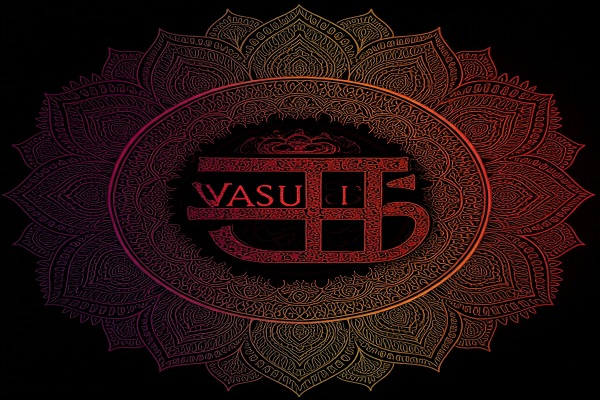Modern Vastu: Adapting Ancient Wisdom for Contemporary Living

Vastu Shastra, an ancient Indian science of architecture, has been guiding the construction of harmonious living spaces for centuries. While its principles are timeless, their application in modern architecture requires a contemporary approach. By blending traditional Vastu wisdom with modern design aesthetics, we can create sustainable and harmonious living spaces.
Balancing Traditional Vastu with Modern Architecture
- Open Floor Plans: Modern homes often feature open floor plans, which can be aligned with Vastu principles by ensuring a clear flow of energy.
- Minimalist Design: Minimalist design principles can be combined with Vastu to create clutter-free and serene spaces.
- Natural Materials: Using natural materials like wood, stone, and clay can enhance the positive energy of a space.
Incorporating Vastu Principles in Minimalist Designs
- Strategic Furniture Placement: Place furniture in a way that promotes positive energy flow.
- Color Palette: Use calming and uplifting colors that harmonize with the natural elements.
- Lighting Design: Adequate lighting can enhance the ambiance and energy of a space.
The Role of Technology in Vastu
- Smart Homes: Technology can be used to optimize energy efficiency and create a harmonious living environment.
- Air Purifiers: Using air purifiers can improve indoor air quality and promote well-being.
- Digital Detox Zones: Creating specific areas in the home for digital detox can help maintain mental and emotional balance.
Creating Sustainable and Harmonious Living Spaces
- Eco-Friendly Materials: Using eco-friendly materials can reduce the environmental impact of construction.
- Water Conservation: Implementing water-saving measures can contribute to sustainability.
- Green Spaces: Incorporating green spaces, such as gardens or indoor plants, can enhance the positive energy of a home.
By adapting ancient Vastu principles to modern living, we can create sustainable and harmonious homes that promote health, wealth, and happiness.

